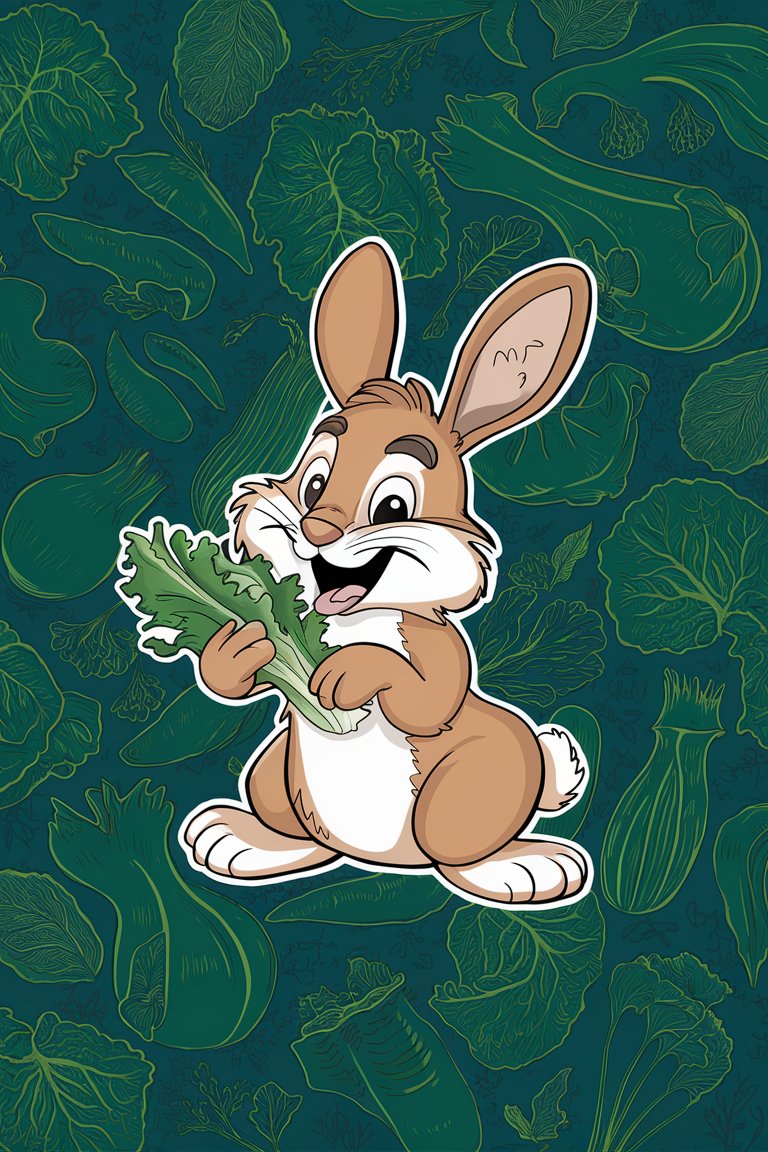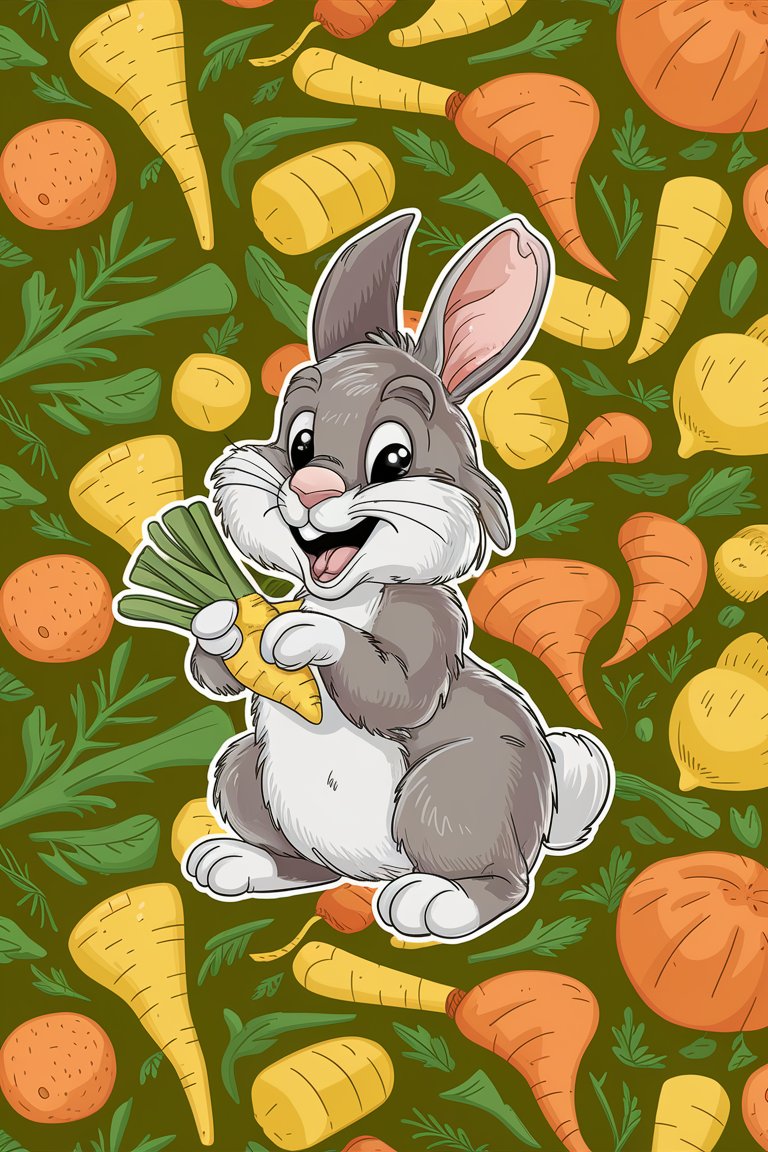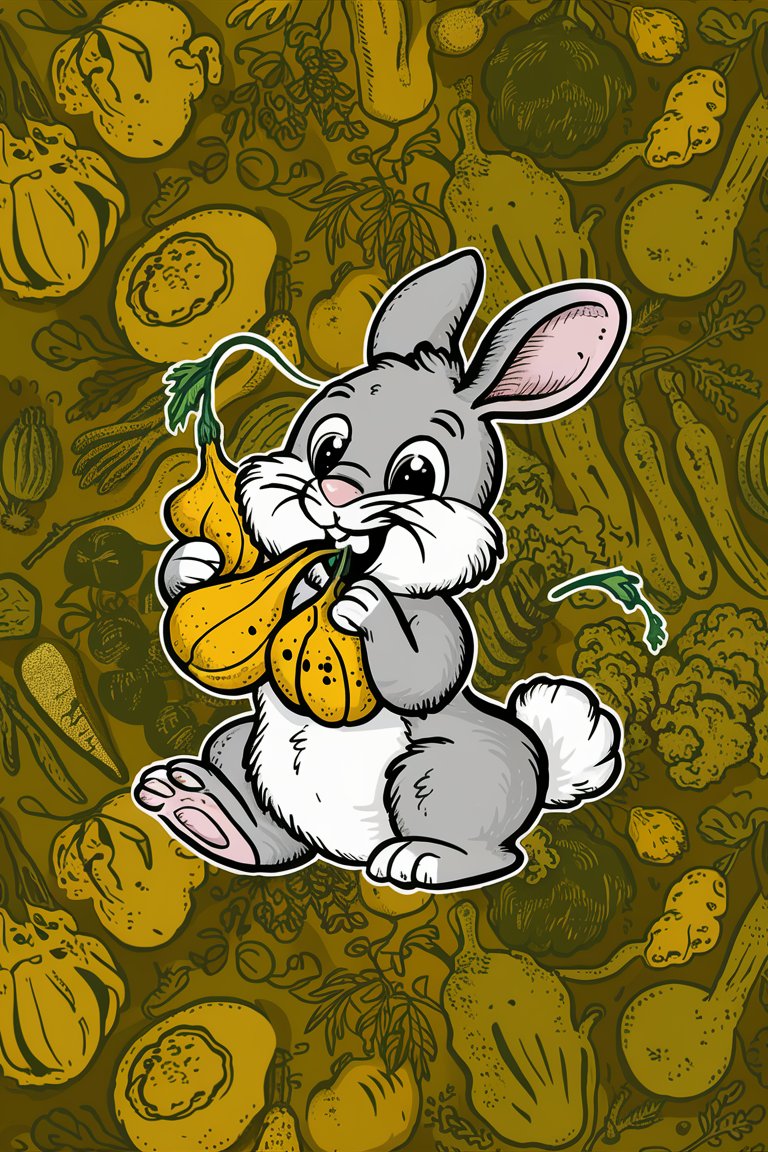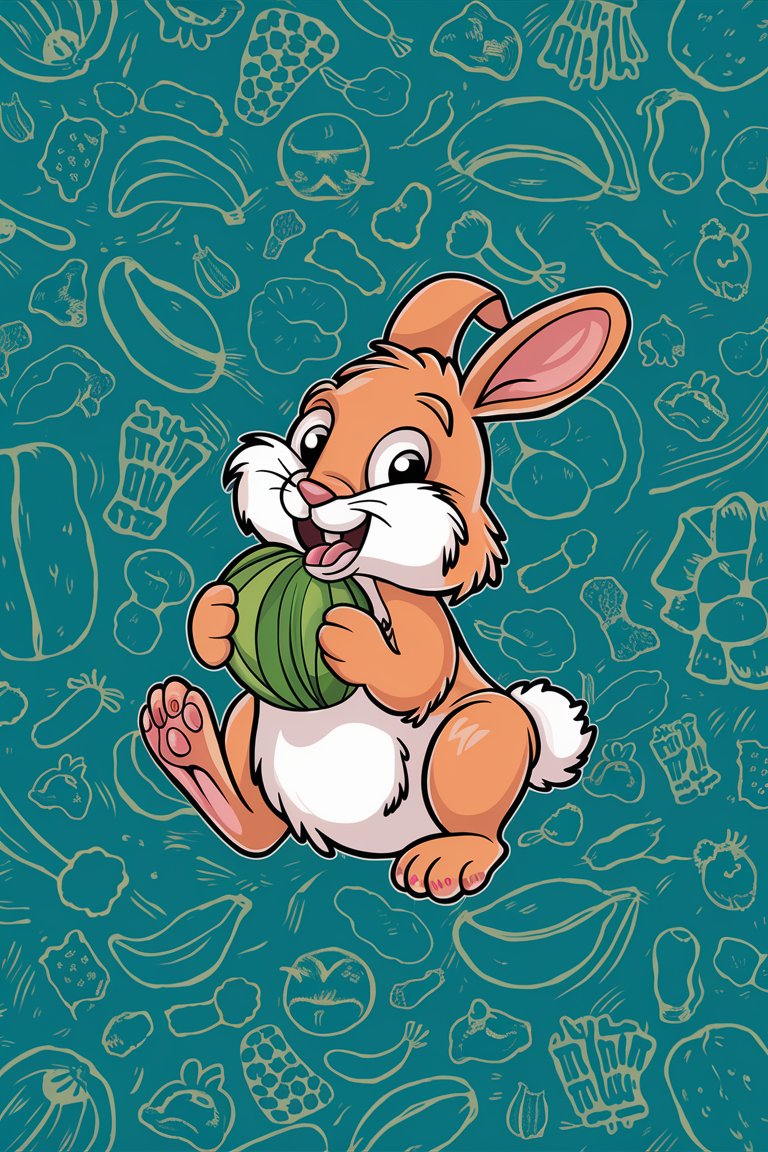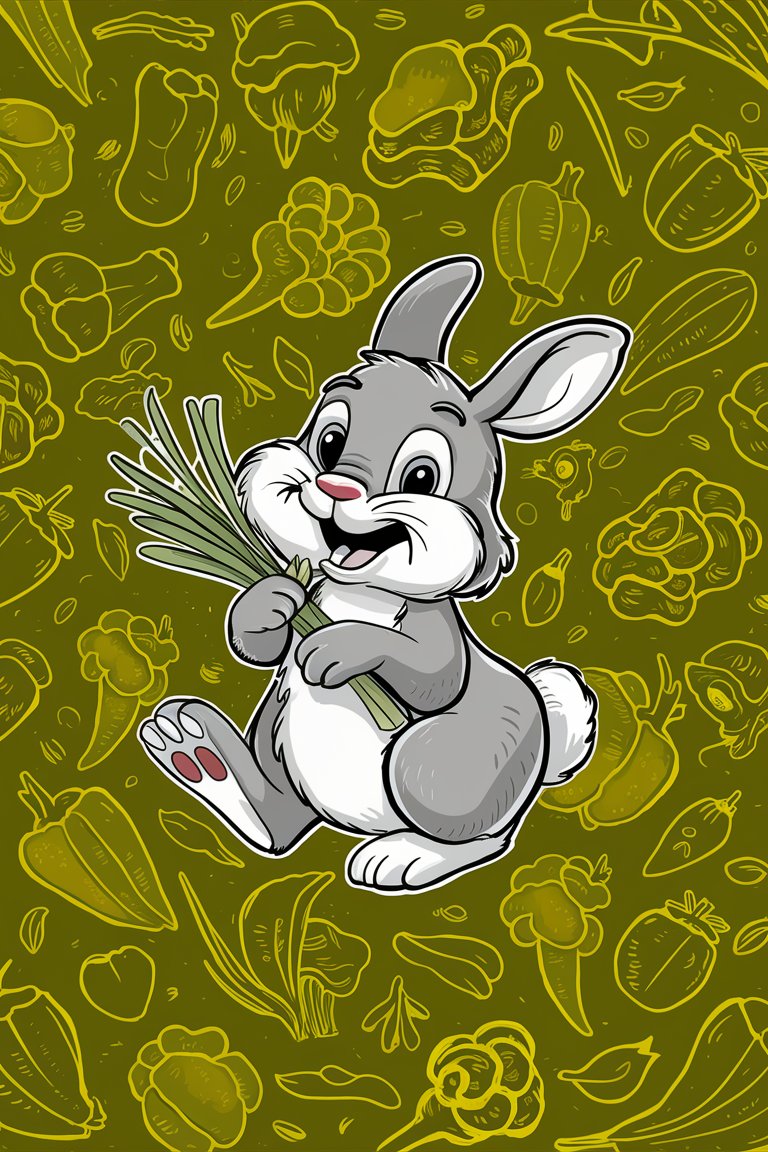Can Rabbits Eat Sage Leaves? Find the Answers!
Who knew something as simple as sage leaves could spark so many questions? You might be wondering if our fluffy friends can munch on them safely.
Key Takeaways:
- Sage leaves are safe for rabbits in moderation: Only give small amounts to avoid digestive issues.
- Nutritional benefits: Sage is rich in vitamins and minerals, providing immune, bone, and vision support.
- Introduce slowly: Start with small portions and monitor your rabbit for any adverse reactions.
- Treat as a snack: Balance their diet with hay, veggies, and pellets for overall health.
- Moderation is essential: Too much sage can cause gas or diarrhea, so keep it as an occasional treat.
Well, you’re in the right place. We’ve gathered all the need-to-know facts about rabbits and sage leaves.
We’ve owned a few bunnies ourselves, so we get why you’d ask. Their diet is crucial to keeping them hopping happily. Sage isn’t the first thing you’d think to add to their menu. Is it safe or should we steer clear? Let’s break it down simply.
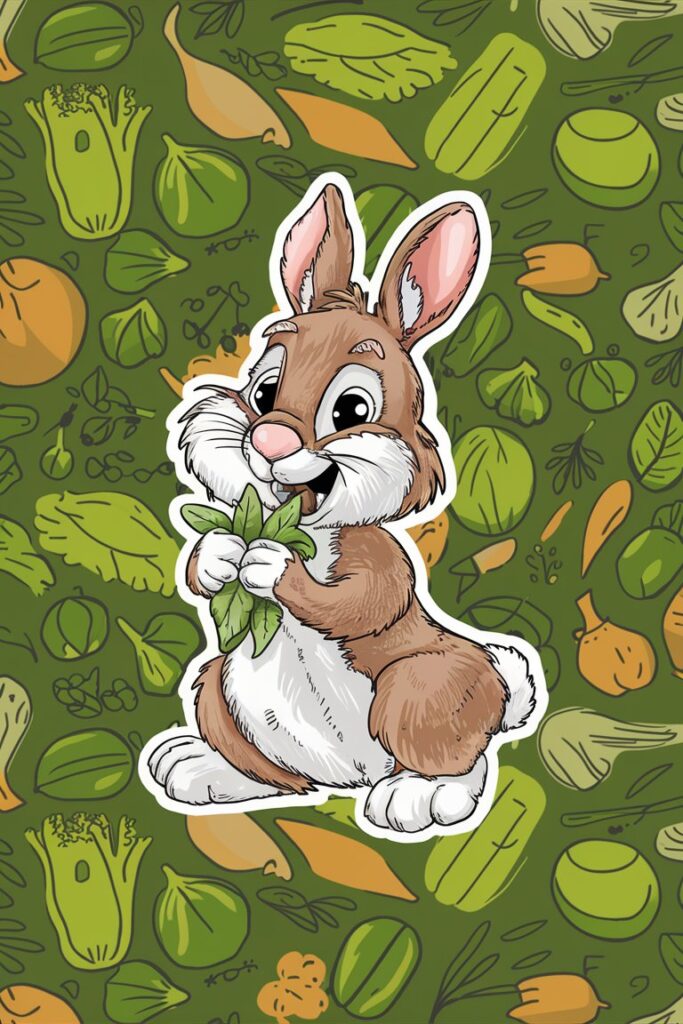
Can Rabbits Eat Sage Leaves?
Yes, rabbits can safely munch on fresh sage leaves, but only in moderation.
A small amount, every now and then, is fine.
- Learn more about: What Should and Should Not Rabbits Eat? Ultimate Guide
We’ve given our own rabbits sage, and they’ve been just fine. However, too much sage isn’t good.
Overeating sage can lead to digestive problems like gas or diarrhea.
So, treat sage like a snack, not a meal. Start with small amounts and watch your rabbit’s reaction. If all looks good, it’s safe for occasional nibbling.
Balance is key for a happy, healthy bunny.

Benefits and Nutritional Value of Sage for Rabbits
Sage has some cool benefits for rabbits. It can actually improve the nutritional quality of rabbit meat. This includes better mineral content, which keeps our fluffy friends happy and healthy.
Sage also has antimicrobial, anti-inflammatory, and antioxidant effects. These properties help fight off infections and keep inflammation at bay. Plus, it supports overall wellness.
Sage is packed with vitamins A, C, and K, as well as calcium and iron. These nutrients boost immune function, support bone health, and improve vision.
In short, adding a bit of sage to their diet can be really beneficial. Just remember, moderation is key.
Here is a table featuring the critical nutrition values of sage leaves when feeding rabbits:
| Nutrient | Amount per 100g |
|---|---|
| Energy (kcal) | 34.4 |
| Protein (g) | 2.2 |
| Fat (g) | 0.5 |
| Carbohydrates (g) | 12.1 |
| Fiber (g) | 4.2 |
| Calcium (mg) | 1,100 |
| Phosphorus (mg) | 240 |
| Potassium (mg) | 1,400 |
| Iron (mg) | 3.5 |
| Vitamin A (μg) | 1,200 |
| Vitamin C (mg) | 20 |
Please note that these values are based on the study mentioned in the provided sources and may vary depending on the specific conditions and methods used to extract and analyze the sage leaves.

Risks of Feeding Sage Leaves to Rabbits
When we gave our bunny sage leaves for the first time, we started small. Too much sage can cause digestive trouble, like gas or diarrhea. We learned this the hard way.
A little goes a long way. Moderation is key. Always introduce new foods slowly.
Keep sage as an occasional treat. Balance it with hay, veggies, and pellets. This keeps your rabbit healthy and happy.
It’s tempting to give them more, but resist. Our fluffy friends need variety, not excess. Stick to small portions.
Feeding Sage Leaves to Rabbits
In order to safely feed sage leaves to your rabbit, follow these steps:
- Start small: Give a small amount and observe their reaction. Resist the temptation to give them more sage than they need. Small portions are best for their overall health.
- Monitor for any digestive issues: If all looks good, you can continue with occasional nibbling.
- Balance is key: Remember, sage should be treated as a snack, not a meal. Keep it in moderation and balance it with hay, veggies, and pellets.
- Introduce new foods slowly: Always introduce new foods to your rabbit’s diet gradually to avoid any potential upset stomachs.


